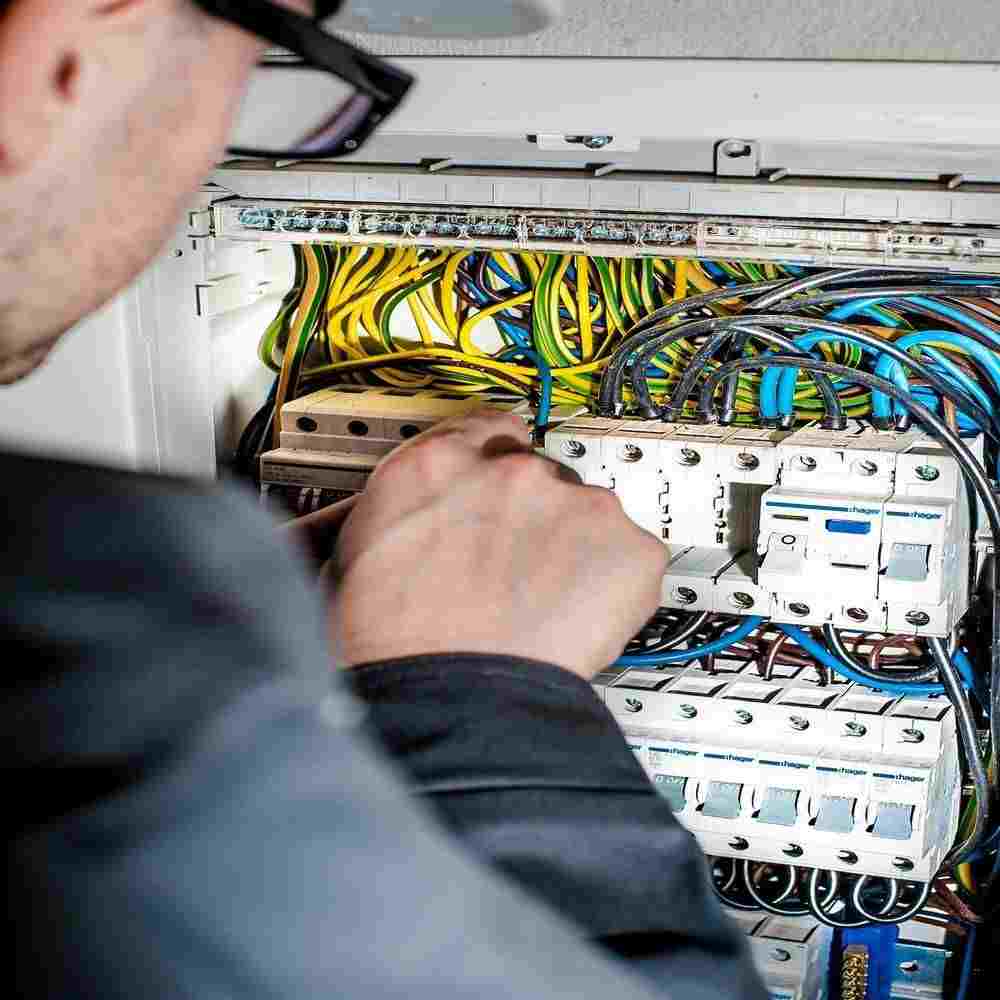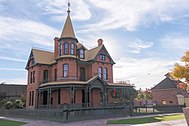Electrician in Paulden
Electrician Paulden
Online reviews are another way to find reliable electricians. Although it's not always possible to find a reliable electrician, this is a great way to see if they have excellent reviews. You can read reviews and ask family members for recommendations. Many electricians will share testimonials from past clients. You can also ask your neighbors or social media for references if you are unable to locate them.

Electricians Paulden
Before hiring an electrician, verify their qualifications. Before you hire an electrician, make sure to read customer reviews and get references. Be sure to check their license and your insurance coverage. In an emergency situation, a valid insurance policy and license can save your life. Always seek second opinions if in doubt. You don't want the cost of a service that isn't possible. Many review sites online are available to assist with your decision-making process.
Electrician in Paulden
Ask around for recommendations before you hire an electrician. Referrals will help you choose the right tradesman or service provider. They are excellent testimonials of the electrician’s reliability and efficiency. Before hiring an electrician make sure you verify their qualifications and have proof of insurance. Avoid working with an electrician whose background is unclear or not insured. The best electricians deliver quality service and will do everything to make sure the job is done correctly.


Electricians Paulden
Most Electrical Contractors have evolved over the years, so developing an organizational structure that works is challenging. However, an organisational structure based on departmental management can help a business adjust to future needs and growth. Planning should be conducted in two stages, short term and long-term. Peter Drucker, a famous American philosopher, once said, "The most important thing to remember about long-range planning is that it is not planning for the future, it's about the present."
Electrician in PauldenPaulden Electrician
Before you start, make sure that your stud finder is running on fresh batteries. Old batteries may distort the readings, while obstructions can interfere with the electrical signal. The flat side of the stud finder has contacts that are designed to detect studs, which are usually 16 to 24 inches apart. To make sure that the stud finder is accurate, protect the wall from scratches and screen it with a pencil to prevent accidental contact with the studs.

Electrician Paulden AZ
You may be hearing an unusual buzzing noise coming from an outlet. This is a signal that the outlet has a loose connection or has become damaged. The noise is actually an alternating current that could ignite flammable materials or cause a house fire. To fix a loose outlet, call an electrician. If you can't fix the issue yourself, it may be best to replace it with a new one.
Electricians Paulden Arizona
It is important to ask for references from electricians with similar jobs. This will give you an idea of the electrician's work quality and his experience. It is important to inquire if the electrician conducts background checks on any potential customers. Also, ask about any guarantees offered by the company. By asking these questions, you can make sure the company you're hiring is reliable. Ask about the electrician's track record.

About Phoenix AZ
Phoenix, Arizona
|
Phoenix, Arizona
|
|
|---|---|
| City of Phoenix | |
|
Clockwise, from the top: Downtown Phoenix, St. Mary's Basilica, Rosson House, Mystery Castle, Camelback Mountain, Arizona State Capitol, Arizona Science Center, Chase Tower, and the Papago Park
|
|
|
|
|
| Nickname(s):
"Valley of the Sun", "The Valley"
|
|

Interactive map of Phoenix
|
|
Coordinates:  33°26′54″N 112°04′26″WCoordinates: 33°26′54″N 112°04′26″WCoordinates:  33°26′54″N 112°04′26″W 33°26′54″N 112°04′26″W |
|
| Country | United States |
| State | Arizona |
| County | Maricopa |
| Settled | 1867 |
| Incorporated | February 25, 1881 |
| Founded by | Jack Swilling |
| Named for | Phoenix, mythical creature |
| Government | |
| • Type | Council-Manager |
| • Body | Phoenix City Council |
| • Mayor | Kate Gallego (D) |
| Area | |
| • State Capital | 519.28 sq mi (1,344.94 km2) |
| • Land | 518.27 sq mi (1,342.30 km2) |
| • Water | 1.02 sq mi (2.63 km2) |
| Elevation | 1,086 ft (331 m) |
| Population
(2020)
|
|
| • State Capital | 1,608,139 |
| • Estimate
(2021)[3]
|
1,624,569 |
| • Rank | 5th in the United States 1st in Arizona |
| • Density | 3,102.92/sq mi (1,198.04/km2) |
| • Metro | 4,845,832 (11th) |
| Demonym | Phoenician |
| Time zone | UTC−07:00 (MST (no DST)) |
| ZIP Codes |
85001–85099
|
| Area codes | |
| FIPS code | 04-55000 |
| GNIS ID(s) | 44784, 2411414 |
| Major airport | Phoenix Sky Harbor International Airport |
| Secondary Airports | Deer Valley Airport Phoenix–Mesa Gateway Airport |
| Interstates | |
| U.S. Highways | |
| State Routes | |
| Public transportation | Valley Metro |
| Website | www |
Phoenix (/ˈfiːnɪks/ FEE-niks; Navajo: Hoozdo; Spanish: Fénix or Fínix,[citation needed] Walapai: Banyà:nyuwá[5]) is the capital and most populous city of the U.S. state of Arizona, with 1,608,139 residents as of 2020.[6] It is the fifth-most populous city in the United States,[7] and one of only two U.S. state capitals with a population of more than one million residents, along with Austin, Texas.[8][9][10]
Phoenix is the anchor of the Phoenix metropolitan area, also known as the Valley of the Sun, which in turn is part of the Salt River Valley. The metropolitan area is the 11th largest by population in the United States, with approximately 4.85 million people as of 2020.[9] Phoenix, the seat of Maricopa County, has the largest area of all cities in Arizona, with an area of 517.9 square miles (1,341 km2), and is also the 11th largest city by area in the United States.[11] It is the largest metropolitan area, both by population and size, of the Arizona Sun Corridor megaregion.
Phoenix was settled in 1867 as an agricultural community near the confluence of the Salt and Gila Rivers and was incorporated as a city in 1881. It became the capital of Arizona Territory in 1889.[12] It is in the northeastern reaches of the Sonoran Desert and has a hot desert climate.[13][14] Despite this, its canal system led to a thriving farming community with the original settlers' crops remaining important parts of the Phoenix economy for decades, such as alfalfa, cotton, citrus, and hay.[15][16] Cotton, cattle, citrus, climate, and copper were known locally as the "Five C's" anchoring Phoenix's economy. These remained the driving forces of the city until after World War II, when high-tech companies began to move into the valley and air conditioning made Phoenix's hot summers more bearable.[17]
The city averaged a four percent annual population growth rate over a 40-year period from the mid-1960s to the mid-2000s.[18] This growth rate slowed during the Great Recession of 2007–09, and has rebounded slowly.[19] Phoenix is the cultural center of the state of Arizona.[20] Phoenix is also majority minority, with 42.6% of its population identifying as Hispanic and 42.5% as "white" in the 2020 census.[21]










